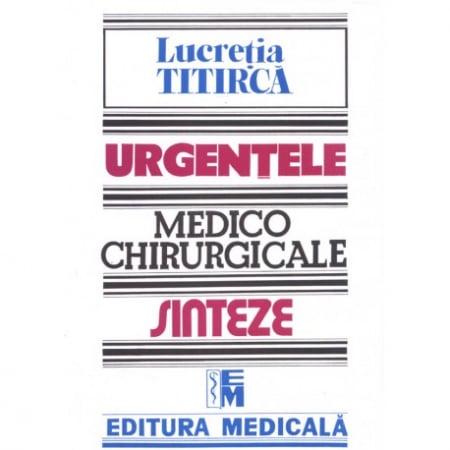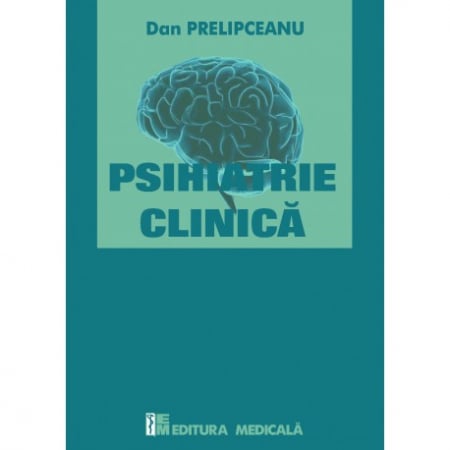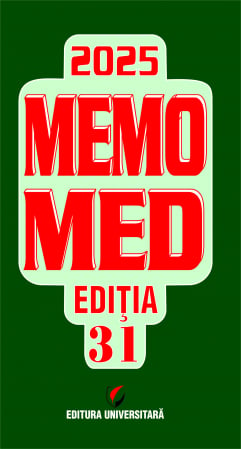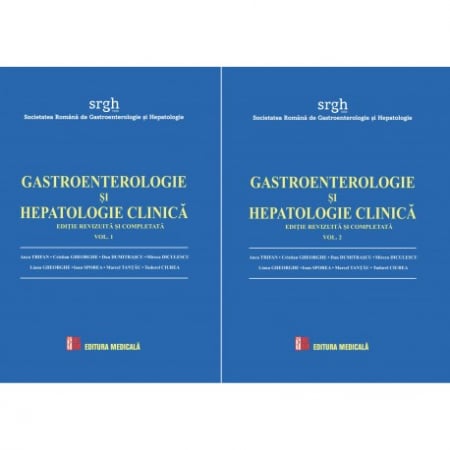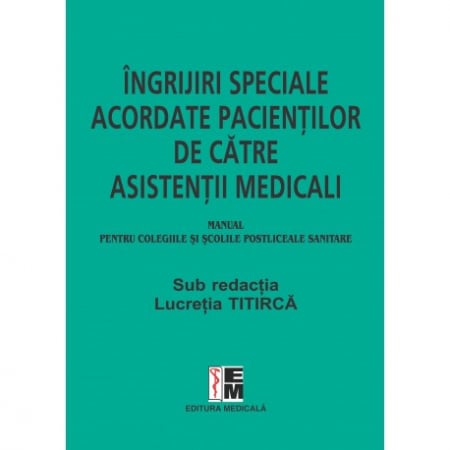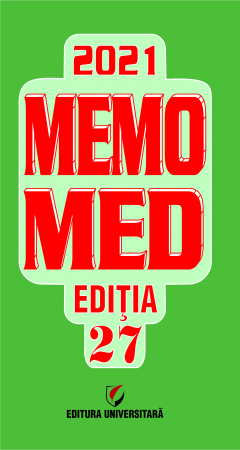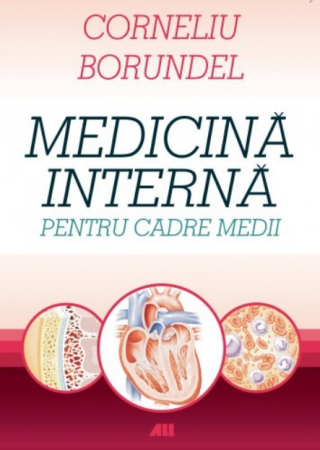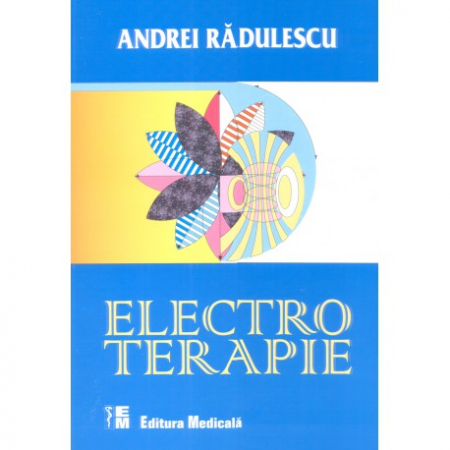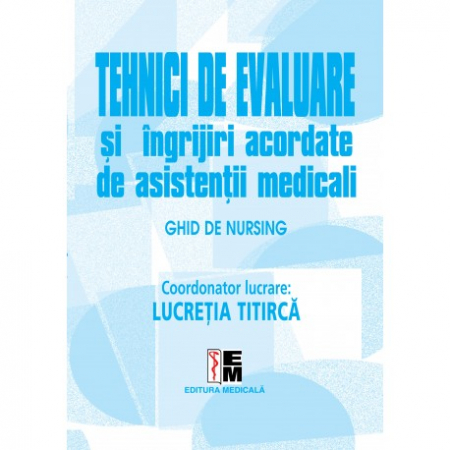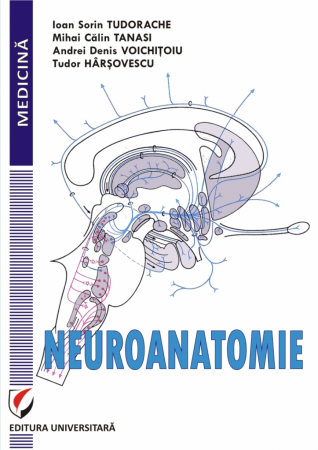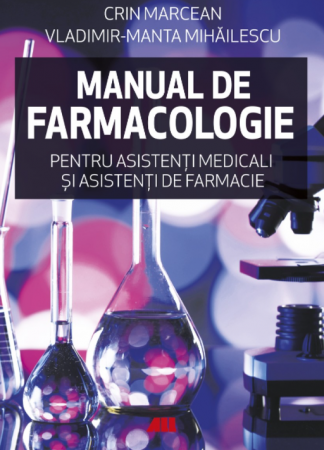ISBN: 978-606-591-510-7
DOI: 10.5682/9786065915107
Publisher year: 2012
Edition: I
Pages: 179
Publisher: Editura Universitară
Author: Simona Alexandra Iacob
- Description
- Download (1)
- Authors
- Content
- More details
- Reviews (0)
Infectious diseases occur in all stages of human development, from intrauterine life. They are permanently present in our existence and seem trivial for a person with normal immunity. But they become formidable when they find adequate transmission routes and the receptive population. Increasingly elaborate diagnostic methods and the discovery of increasingly effective antimicrobial substances have now led to a decrease in the number of infections in developed countries. However, in many countries, mortality from infectious diseases is still in the first place. Moreover, the spread of antimicrobial resistance, genetic changes that increase the virulence of some microorganisms, the increase in the number of immunodeficient patients, bring more and more to the study of infectious diseases. More and more research is currently aimed at developing new vaccines or understanding the correlations between certain microorganisms and some neoplasms or autoimmune manifestations. Their success can change life expectancy in other medical fields. Infectious diseases thus become an important chapter of medical practice and laboratory research, probably for a long time to come.
This book is addressed to students and doctors from different specialties, who inevitably end up fighting infectious diseases and thus understand how complex the human body is and yet how easily it can be defeated by infinitely smaller and simpler microorganisms.
-
Ghid de diagnostic in boli infectioase
Download
Dr., head of works at the Carol Davilla University of Medicine, Matei Bals Institute of Infectious Diseases
1. Infections. Definitions and classifications / 9
2. Infectious agents. Classification / 9
3. Anti-infective defense / 10
3.1. Anatomical components / 10
3.2. Humorous defense reactions / 11
3.3. Defense cellular reactions / 12
3.4. Immune deficiencies and the risk of infection / 12
3.4.1. Primary immunodeficiency / 13
3.4.2. Secondary immunodeficiencies / 14
3.4.2.1. Immunodeficiencies of physiological cause / 14
3.4.2.2. Immunodeficiency of iatrogenic cause / 15
3.4.2.3 Other immunodeficiency conditions / 16
4. Diagnosis of infectious diseases / 17
4.1. Epidemiological diagnosis / 17
4.2. Clinical diagnosis / 17
4.3. Laboratory diagnosis / 19
4.3.1. Nonspecific laboratory diagnosis / 20
4.3.2. Microbiological diagnosis / 20
4.3.3. Immunological diagnosis / 26
4.3.4. Molecular diagnosis / 28
4.4. Imaging diagnosis in infectious diseases / 29
Chapter 2
Infections with predominantly cutaneous manifestations / 30
2.1. Infections with generalized skin manifestations / 30
2.1.1. Scarlet / 30
2.1.2. Rubella / 32
2.1.3. Measles / 34
2.1.4. Other congestive rash / 37
2.1.5. Chickenpox / 40
2.1.6. Shingles / 42
2.1.7. Other vesicular rash / 43
2.1.8. Hemorrhagic rashes / 44
2.1.8.1. Hemorrhagic fever / 45
2.1.8.2. Rickettsiosis / 46
2.1.8.3. Exanthematous typhus / 47
2.1.8.4. Button fever / 48
3. Localized skin infections / 49
3.1. Erysipelas / 49
3.2. Cellulite / 49
3.3. Chronic soft tissue infections / 50
3.4. Anthrax / 51
Chapter 3
Infections with predominantly oropharyngeal manifestations / 53
3.1. Angels / 53
3.1.1. Clinical classification of angina / 54
3.1.1.1. White angels / 54
3.1.1.2. Red angels / 54
3.1.1.3. Ulcerative angina / 55
3.1.1.4. Vesicular angina / 55
3.2. Infectious mononucleosis / 57
3.3. Diphtheria / 60
3.4. Mumps / 63
Chapter 4
Infections with predominantly respiratory manifestations / 65
4.1. Infectious pneumonias / 65
4.1.1. Community pneumonia / 68
4.1.2. Nosocomial pneumonia / 69
4.1.3. The main bacterial pneumonias / 70
4.1.4. Legionellosis / 73
4.1.5. Pneumonia caused by Chlamydia / 74
4.1.5.1. Ornithosis / psittacosis / 74
4.1.5.2. Chlamydia pneumoniae pneumonia / 75
4.1.6. Pneumonia with Mycoplasma pneumoniae / 75
4.1.7. Coxiella burnetti pneumonia / 76
4.1.8. Viral pneumonia / 77
4.1.9. Fungal pneumonias / 77
4.2. Convulsive cough / 78
4.3. Influenza / 79
4.4. Guturaiul / 81
4.5. Other respiratory virus infections
Chapter 5
Infections with predominantly digestive manifestations / 84
4.1. Gastrointestinal infections / 84
4.1.1. Holera / 87
4.1.2. Bacillary dysentery / 89
4.1.3. Amoebic dysentery / 90
4.1.4. Helycobacter infections / 91
4.1.5. Campylobacter infections / 92
4.1.6. Food poisoning / 93
4.1.7. Postantibiotic diarrhea / 94
4.1.8. Diarrhea of travelers / 94
4.1.9. Viral gastroenteritis / 94
4.2. Hepatitis virus infections / 95
4.2.1. Acute viral hepatitis / 95
4.2.1.1. Acute hepatitis A / 98 virus
4.2.1.2. Acute hepatitis E / 98 virus
4.2.1.3. Acute hepatitis B / 99 virus
4.2.1.4. Acute hepatitis D / 102 virus
4.2.1.5. Acute hepatitis C / 103 virus
4.2.1.6. Differential diagnosis in acute hepatitis / 103
4.2.2. Chronic viral hepatitis / 106
Chapter 6
Infections with predominantly neurological manifestations / 107
6.1. Meningitis / 107
6.1.1. Bacterial meningitis / 115
6.1.2. Viral meningitis / 118
6.1.3. Fungal meningitis / 119
6.2. Encephalitis / 122
6.3. Tetanus / 127
6.4. Poliomyelia / 130
6.5. Rabia / 133
6.6. Botulism / 135
Chapter 7
Infections with systemic manifestations / 136
7.1. Sepsis / 136
7.2. Infectious endocarditis / 140
7.3. Typhoid fever / 143
7.4. Leptospirosis / 145
7.5. Brucellosis / 147
7.6. Lyme disease / 150
7.7. Toxoplasmosis / 152
7.8. Fever of unknown cause / 154
Chapter 8
Human immunodeficiency virus infection / 155
Bibliography / 179
This book is addressed to students and doctors from different specialties, who inevitably end up fighting infectious diseases and thus understand how complex the human body is and yet how easily it can be defeated by infinitely smaller and simpler microorganisms.

6359.png)
![Infectious disease diagnostic guide [1] Infectious disease diagnostic guide [1]](https://gomagcdn.ro/domains/editurauniversitara.ro/files/product/large/ghid-de-diagnostic-in-boli-infectioase-1621-697827.jpg)
